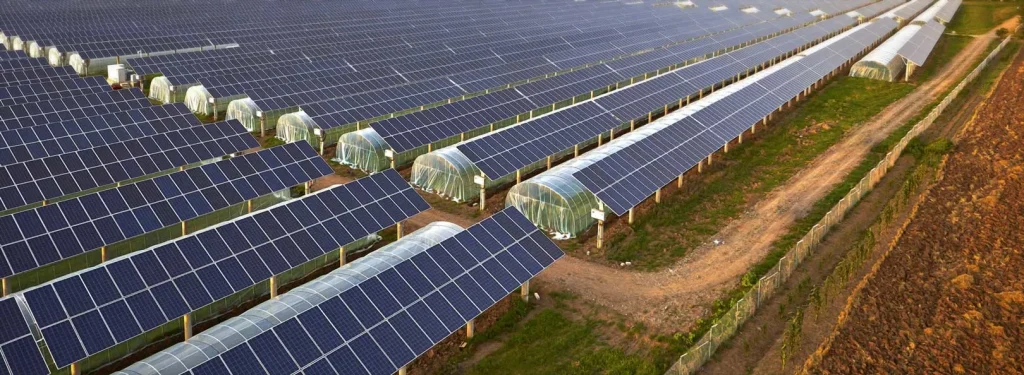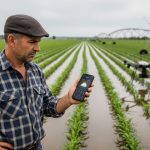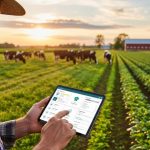Imagine harnessing the power of the sun to fuel your farm, reducing costs, and helping the planet at the same time. Sounds impressive, right?
Solar energy is not just a futuristic concept; it’s a practical solution available to you right now. By integrating solar power into your farming practices, you not only contribute to a healthier Earth but also boost your farm’s sustainability and efficiency.
You’ll discover how solar energy can transform your farming operations, making them more eco-friendly and cost-effective. Ready to learn how you can make a difference in your farming methods? Let’s dive into the world of solar-powered agriculture and see how it can revolutionize your farm.
Benefits Of Solar Energy In Agriculture
Solar energy supports environmentally-friendly farming by reducing electricity costs and lowering carbon emissions. Farmers can use solar power for irrigation, heating, and cooling. This green energy source helps preserve natural resources and promotes sustainable agriculture practices.
Using solar energy in agriculture is not just a trend; it’s a smart choice for sustainable farming. This approach harnesses the sun’s power to reduce reliance on fossil fuels, offering numerous benefits for both the environment and your farming operations. By integrating solar energy into your farming practices, you can achieve a balance between productivity and sustainability.
Reduced Energy Costs
Switching to solar energy can significantly cut down your electricity bills. Imagine the extra funds you could have to invest in other farming improvements. Solar panels can provide a substantial amount of the energy needed for your farm, easing financial pressures over time.
Improved Environmental Impact
Using solar energy reduces your carbon footprint and helps in fighting climate change. Every kilowatt-hour of solar energy used means one less generated by fossil fuels. This choice protects the environment and promotes biodiversity on your farm.
Enhanced Energy Independence
Solar energy offers you a degree of independence from fluctuating energy prices and supply issues. With solar panels, you’re less at the mercy of external energy suppliers. This stability can help you better plan your farm’s future growth.
Increased Farm Resilience
Solar energy systems can make your farm more resilient to weather-related disruptions. Even during cloudy days, solar panels continue to generate power. This reliability ensures your farming operations remain uninterrupted, no matter the weather.
Versatile Applications
The use of solar energy in farming isn’t limited to just electricity. It can power water pumps, heating systems, and even greenhouses. How could you utilize solar energy to enhance your farm’s efficiency?
Government Incentives And Support
Many governments offer incentives for farms transitioning to solar energy. These can include tax credits, rebates, or grants. Are you taking full advantage of the opportunities available to ease your transition to solar?
Long-term Investment Benefits
While the initial cost of solar panels can be high, the long-term savings on energy bills are substantial. Over time, solar energy systems can pay for themselves, offering even more financial freedom. What long-term goals could you achieve with these savings?
Switching to solar energy can redefine your approach to farming. It’s not just about saving money or the environment; it’s about creating a sustainable future. What steps are you taking today to ensure your farm thrives tomorrow?
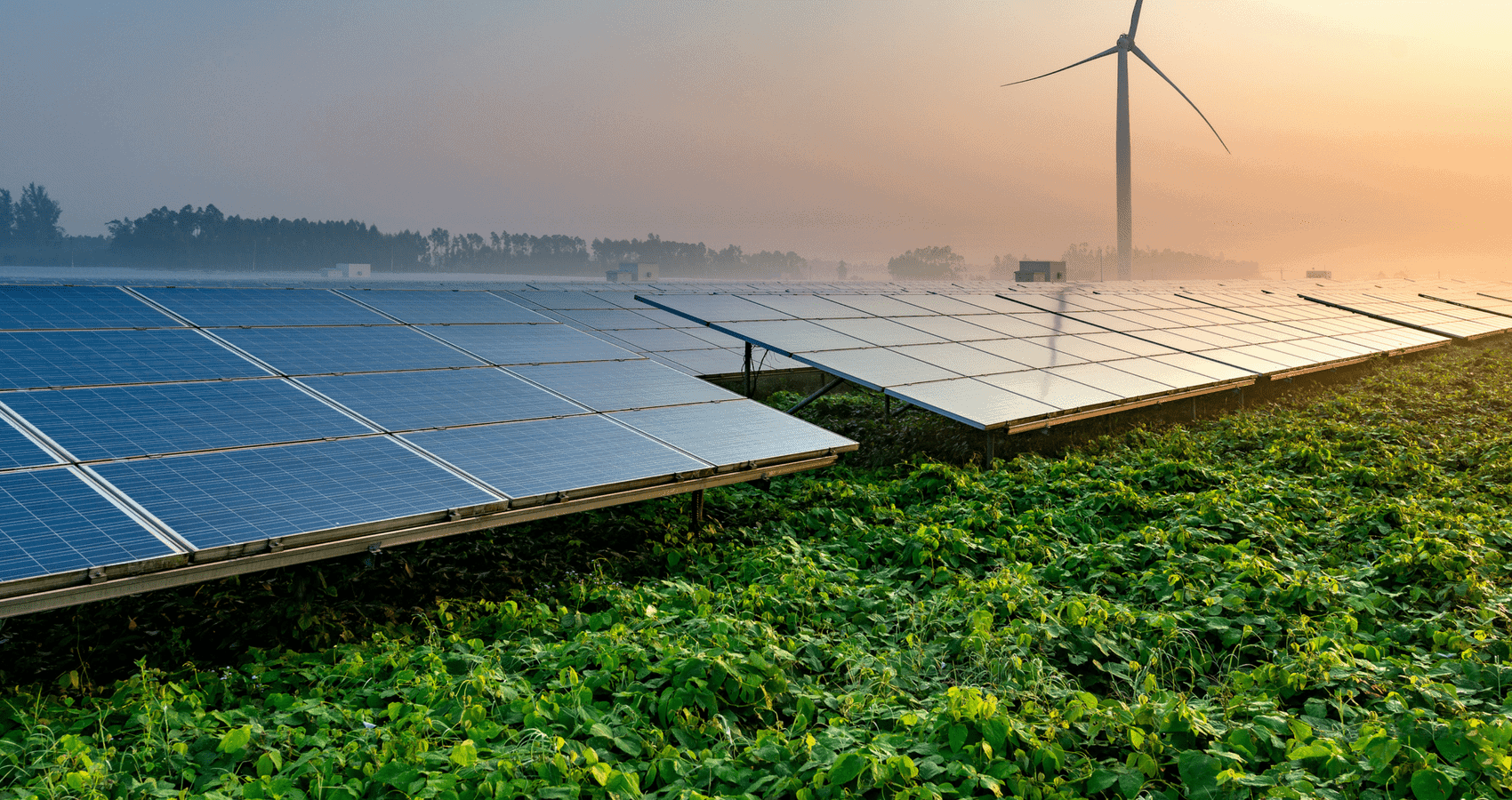
Innovative Solar Farming Techniques
Innovative solar farming techniques are transforming agriculture into a sustainable practice. Farmers are harnessing solar energy to reduce costs and improve efficiency. These methods are helping preserve the environment and boost productivity.
Solar Panel Integration In Crop Fields
Solar panels can be integrated into crop fields to generate electricity. This setup allows farmers to utilize space effectively. Panels provide shade, which can be beneficial for certain crops. The energy produced can power irrigation systems and farm machinery.
Solar-powered Water Pumps
Water pumps powered by solar energy are becoming popular in farming. These pumps draw water from wells or rivers without using fossil fuels. They are efficient and cost-effective. Farmers can ensure water supply even in remote areas.
Solar Greenhouses
Solar greenhouses use panels to capture sunlight for heating. This reduces the need for artificial heating systems. Plants grow in a controlled environment, enhancing their yield. It is an energy-saving method that benefits both the farm and the planet.
Solar Drying Systems
Solar drying systems help preserve produce using sunlight. This technique is ideal for drying fruits and vegetables. It minimizes spoilage and maintains nutritional value. Farmers can process their harvest without relying on electric dryers.
Agrovoltaics
Agrovoltaics combine agriculture with solar energy production. This involves installing solar panels above crops. Panels create a microclimate beneficial for certain plants. Farmers can generate income from energy while growing crops.
Challenges And Solutions In Solar-powered Farming
Solar-powered farming faces challenges like high setup costs and weather dependence. Farmers can tackle these by using government incentives and energy storage solutions. This approach not only cuts costs but also promotes sustainable agriculture, benefiting both the environment and food production.
Transitioning to solar energy in farming is a promising step towards sustainable agriculture, but it’s not without its challenges. Farmers face obstacles like the initial cost of installation and the need for suitable land. Yet, with strategic solutions, these hurdles can be overcome, making solar-powered farming a viable option for environmentally-friendly agriculture. Let’s delve into the challenges and explore actionable solutions that can help you integrate solar power into your farming practices.
Understanding The Initial Costs And Financing Options
Investing in solar panels can be expensive. The initial cost often deters farmers from considering solar energy. However, government grants and financing options can make this transition more affordable.
Research available subsidies in your area. Some programs offer tax incentives or low-interest loans to help offset costs. Investigate community solar projects as a shared resource, reducing individual financial burden.
Finding Suitable Land For Solar Installations
Space is a premium in farming, and dedicating land to solar panels can be challenging. You might wonder, is there a way to maximize land use efficiently?
Consider dual-use farming, where solar panels are installed above crops. This method allows you to grow shade-tolerant plants beneath panels, maximizing land productivity. Assess your farm layout to identify areas where panels won’t disrupt existing operations.
Maintenance And Reliability Concerns
Solar systems require maintenance to ensure optimal performance. Dust and debris can reduce efficiency, and you may worry about the long-term reliability of solar technology.
Regular cleaning and scheduled inspections can address these concerns. Develop a maintenance plan that fits your farm’s routine. Partner with local solar companies for professional service support when needed.
Weather Dependence And Energy Storage
Solar energy relies heavily on sunny days, making cloudy weather a concern. What happens when the sun doesn’t shine?
Invest in battery storage systems to store excess energy generated on sunny days. Evaluate the cost and capacity of storage options to match your farm’s energy needs. This ensures a consistent power supply, even during less sunny periods.
Adapting To Technological Advancements
The rapid pace of technological advancement can feel overwhelming. Keeping up with new solar technologies and integrating them into your farm might seem daunting.
Stay informed through workshops and farming networks focused on renewable energy. Engage with other farmers who have successfully adopted solar power. Sharing experiences can provide practical insights and encourage you to embrace new technologies.
As you consider the shift to solar-powered farming, weigh the challenges against the long-term benefits. Transitioning to solar energy not only supports environmental sustainability but can also enhance the efficiency and profitability of your farm. Are you ready to embrace this change for a greener future?
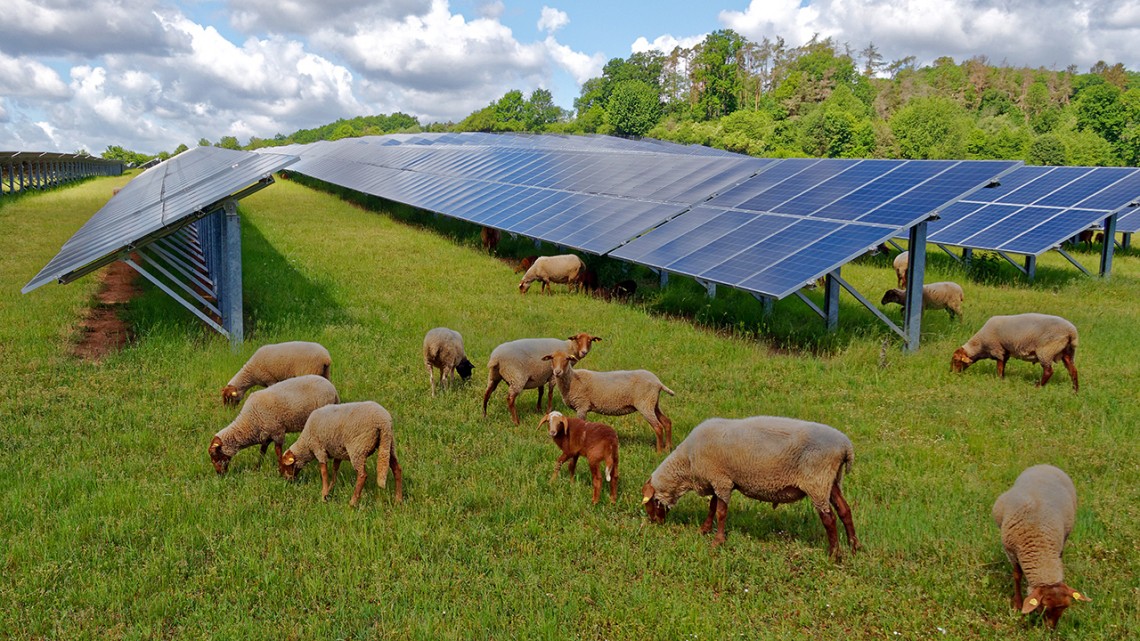
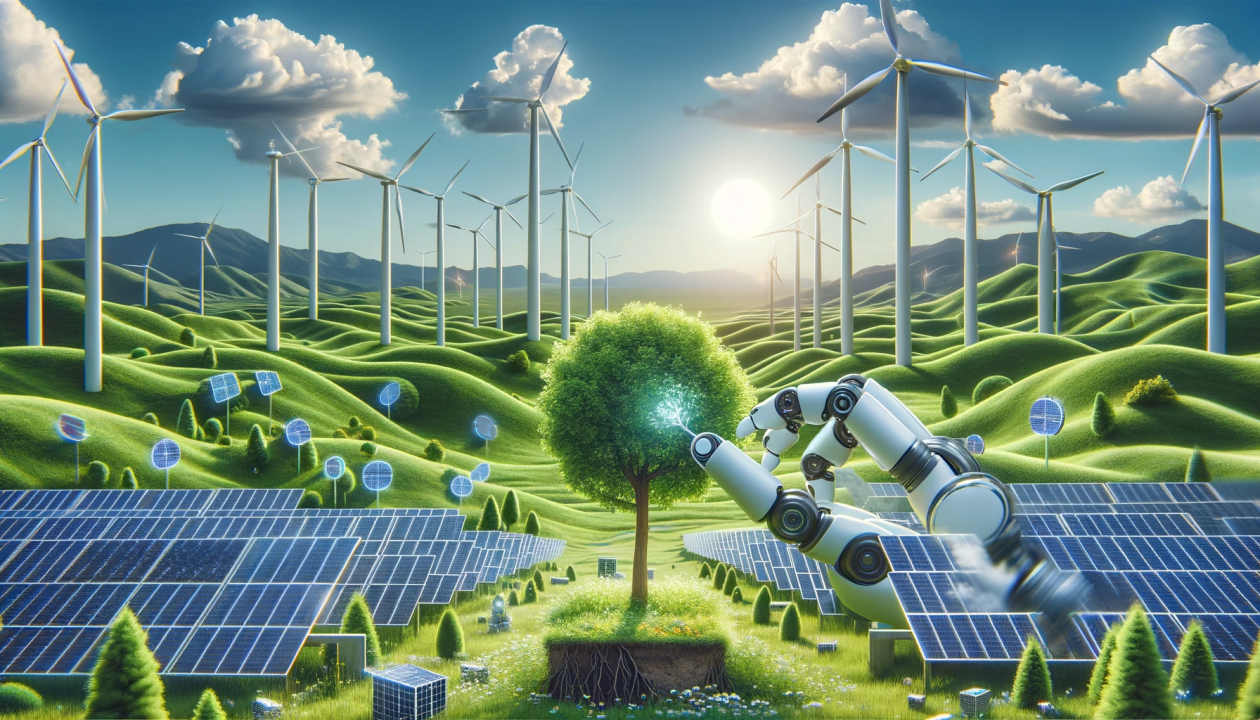
Conclusion
Solar energy offers great benefits for eco-friendly farming. It reduces costs and environmental impact. Farmers can harness sunlight to power equipment and irrigation systems. This leads to sustainable practices and healthier crops. By using solar panels, farms become more efficient and less reliant on fossil fuels.
It’s a cleaner, greener way to farm. Embracing solar technology supports a brighter future for agriculture. It helps preserve our planet while boosting productivity. Simple steps can make a big difference. Switching to solar is a smart choice for farmers who care about the earth.

